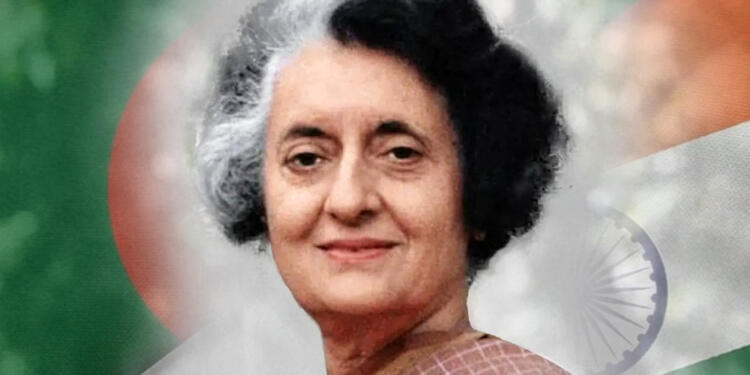Fifty years ago, India faced a critical moment in its democratic journey. From 1975 to 1977, the nation experienced a 21-month period known as the Emergency. This time of crisis saw Prime Minister Indira Gandhi take unprecedented steps, including suspending civil liberties, restricting press freedom, and ruling by decree. As we reflect on this pivotal chapter in Indian history, it’s crucial to understand its causes, impacts, and the lessons learned to prevent such a situation from recurring.
Understanding Emergency Powers
What Constitutes an Emergency?
An emergency refers to special legal provisions that allow governments to respond swiftly to national crises. These measures, typically outlined in a country’s constitution, can be activated during times of war, rebellion, or other threats to national security. In India, emergency powers are detailed in Articles 352 to 360 of the Constitution, drawing inspiration from Germany’s Weimar Constitution. These provisions grant the government extraordinary powers to address urgent situations that may endanger the nation’s stability.
The 1975 National Emergency: A Crisis Unfolds
On June 25, 1975, President Fakhruddin Ali Ahmed officially declared a National Emergency at the request of Prime Minister Indira Gandhi. This decision, made under Article 352 of the Indian Constitution, was justified by citing “internal disturbances.” The emergency granted the Prime Minister extraordinary powers, leading to significant changes in governance and daily life. The implementation of these emergency powers had far-reaching consequences for Indian democracy and civil society.
Historical Context of National Emergencies
India has experienced three national emergencies:
1. 1962: During the Indo-China War, declared due to external aggression
2. 1971: Amid the Indo-Pakistan War, also in response to external threats
3. 1975-1977: The most controversial, triggered by internal political unrest
Factors Leading to the 1975 Emergency
Several factors contributed to the declaration of the emergency:
1. Growing Dissent: Widespread protests and political opposition, including the “Total Revolution” movement led by Jayaprakash Narayan, challenged the government’s authority.
2. Legal Challenges: The Allahabad High Court’s ruling against Indira Gandhi in an electoral malpractice case threatened her political legitimacy.
3. Economic Turmoil: High inflation, food shortages, and labor strikes created social unrest and put pressure on the government.
4. Perceived Security Threats: The government cited both internal and external threats to national security as justification for emergency measures.
The Dark Side of Emergency Rule
The 1975 Emergency is often called the darkest period in post-independence India. Key issues included:
1. Suspension of Civil Liberties: Fundamental rights were curtailed, including freedom of speech and expression, severely limiting citizens’ ability to criticize the government.
2. Arbitrary Arrests: Thousands of opposition leaders and activists were detained without trial under the Maintenance of Internal Security Act (MISA).
3. Human Rights Violations: Coercive policies, such as mass sterilization programs, targeted vulnerable populations, raising serious ethical concerns.
4. Power Centralization: Constitutional amendments strengthened executive power at the expense of the judiciary, disrupting the balance of power.
5. Media Censorship: Press freedom was severely restricted, limiting critical reporting and creating an information blackout.
Learning from the Emergency: Safeguards and Reforms
In the aftermath of the Emergency, several measures were implemented to prevent similar events:
1. Constitutional Amendments: The 43rd and 44th amendments restored democratic safeguards and limited the government’s ability to declare future emergencies.
2. Judicial Empowerment: The Supreme Court established the “basic structure doctrine” to protect fundamental constitutional principles from arbitrary amendments.
3. Parliamentary Oversight: Efforts were made to strengthen the legislature’s role in checking executive power and ensuring accountability.
4. Electoral Reforms: Changes aimed to ensure fairer and more transparent elections, including the establishment of the Election Commission as a multi-member body.
5. Civil Society Mobilization: The Emergency sparked increased civic engagement and activism, leading to the formation of organizations dedicated to protecting civil liberties.
Conclusion: Vigilance in Democracy
The 1975 Emergency serves as a stark reminder of the fragility of democratic institutions. It highlights the need for constant vigilance, strong civic participation, and robust constitutional safeguards. As India moves forward, the lessons of this period remain relevant, underscoring the importance of protecting civil liberties and maintaining a balance of power in government. The emergency period teaches us that democracy requires ongoing effort and commitment from both citizens and leaders to prevent the abuse of power and ensure the protection of fundamental rights.































